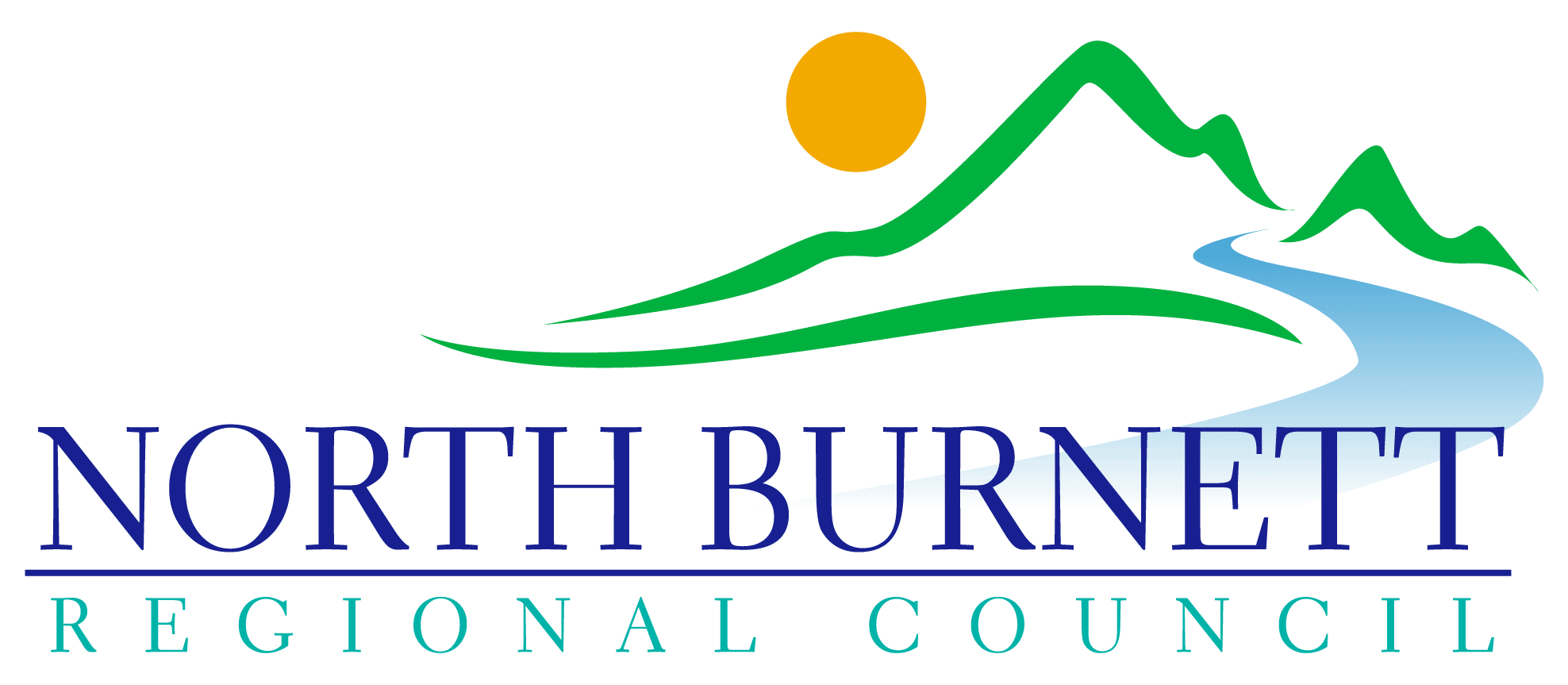Lost and Found Animals

Animal Impoundments
How do I release my animal from the pound?
If Council has impounded your animal please contact Council’s Compliance Team on 1300 696 272, so arrangements can be made to release your animal. Please note that only the legal owner of the animal can release the animal from the pound (ID required at release).
How much does it cost to release my animal?
The following release fees apply:
- Release fee;
- Sustenance fee; and
- Registration fee (if applicable).
Payment is required to be received in full prior to the release of the animal.
Councils fees and charges can be viewed here
Seizure and impounding of animals
An authorised person may seize / impound an animal if it is:
- Found wandering at large in a public place;
- Found wandering at large on private property;
- Delivered to an Authorised Officer by the occupier of land which the animal was found wandering at large;
- It is an unmuzzled dangerous dog in a public place;
- It attacks or causes fear to a person or another animal.
How Impounded Animals are dealt with
The owner of an impounded animal can reclaim their animal by attending a Council office, providing proof of ownership & paying all outstanding fees. If an owner is unable to attend a Council office, another person (agent) can attend on their behalf with written authorisation from the animal owner and pay the required fees. The animal can then be released to the owner or their agent.
Council may sell or otherwise dispose of an impounded animal which has not been reclaimed and returned to the animals owner within the following period of it being impounded:
- Registered animals that are impounded will be kept for 5 working days; and
- Unregistered animal that are impounded will be kept for 3 working days.
Council will make every attempt to rehome suitable unclaimed animals through a rehoming group.
An authorised person may seize and destroy an animal without notice to the keeper of the animal if:
- The animal has been seized and detained more than 3 times in the last year;
- The animal is, in the authorised persons opinion, dangerous and not controllable by means that are reasonably available to the keeper of the animal; and
- The animal is diseased or unwell.
Animal Adoptions
The North Burnett Regional Council strongly believes in proper animal care and the rewards of responsible pet ownership. Many of the dogs and cats that are held in the pound would make great family pets and are in the pound because they are abandoned, unwanted or surrendered to Council and are in desperate need of a loving home. Giving an animal a second chance at a happy life can be very rewarding. Some dogs and cats have had very hard lives prior to coming into our care and may need an owner who can give them special care.
Council is committed to enabling suitable unclaimed, abandoned or surrendered animals a second chance at a happy life by forwarding them from our pound to one of our partner rescue groups.
Things to consider before you adopt!
Pet ownership is a commitment that should be carefully considered. It’s important that the animal you choose suits your family, lifestyle and home environment.
- How much time do you have to commit to a pet?
- How much space do you have?
- Do you have adequate housing to keep a pet? (i.e. do you have an enclosure and shelter; does your rental agreement allow you to have an animal?)
- Does anyone have allergies / health issues in your home?
- What nature of animal would be best suited? (i.e. active / passive)
- Do you have finances available to cover food, vet care, toys, etc.?
What to do if your pet goes missing
- Carefully search your home and make sure that your pet isn’t hiding. Be sure to check any unusual places it has access to. Ask family and friends to help you search.
- Tell the neighbours that your pet is missing. They could help you look for it or just keep an eye out. Make sure you take a recent photo to show them.
- Walk around the neighbourhood and call your pet’s name. If your dog is lost, concentrate on the areas where you usually take it on walks and any other places you have recently visited.
- Create a ‘Lost Pet’ flyer and distribute it to houses and shops in your neighbourhood. The flyer should include a photo, your pet’s name and what it answers to, a detailed description, when and where your pet went missing, your name and contact number, and mention a reward (if applicable).
- If your pet is microchipped and the details are not current, contact the microchip agency and update your details immediately.
Who to contact?
- contact the Council’s Compliance Team on 1300 696 272;
- complete the below ‘Lost Pet Report’; and
- contact local vets – many vets have ‘Lost and Found’ display boards.
Lost Pet Report
What to do if you’ve found a lost dog
Animals currently impounded
No Results Found
The page you requested could not be found. Try refining your search, or use the navigation above to locate the post.
